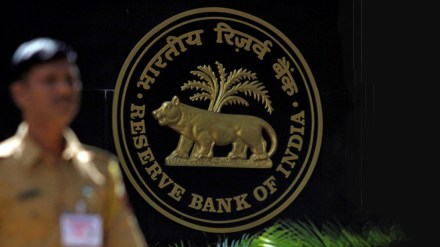The 14-day variable rate repo (VRR) auction on Friday received bids worth Rs 8,375 crore, against the notified amount of Rs 50,000 crore at a cut-off rate of 6.26%, indicating initial signs of ease in liquidity conditions.
Market participants said with continuous infusion of funds, the durable systemic liquidity has considerably eased. So, banks seem reluctant to participate in long-term VRRs as they have enough funds to cover the upcoming outflows from the system.
“System liquidity has eased. On a daily basis, rates have come down to a low of 5.85-5.90%. Instead of borrowing funds at 6.26% in VRR auction, it is better to borrow under the standing deposit facility,” said a call trader with a private bank.
The liquidity deficit had widened on account of likely interventions of the Reserve Bank of India in the currency market to curb any sharp depreciation in the rupee. These resulted in the rupee liquidity being wiped out from the system. The deficit had breached Rs 3 lakh crore and touched Rs 3.15 lakh crore on January 11. It hovered between Rs 1.5 lakh crore and Rs 2 lakh crore in February following RBI measures. Since mid-January, the RBI has been infusing funds to counter a sharp decline in liquidity.
It introduced various liquidity measures to improve the situation, starting with a 50-basis-point cut in the cash reserve ratio. It was followed by introduction of daily VRR window, announcement of open market operation (OMO) purchases, and dollar-rupee buy/sell swaps.
Until March 4, when it fell to Rs 20,000 crore, the lowest level in nearly two months, the liquidity deficit was ranging between Rs 1.5 lakh crore and Rs 2 lakh crore, making a case for the apex bank to introduce more measures – the RBI on Wednesday announced OMO purchases and a $10-billion dollar-rupee swap auction that together are expected to inject an additional Rs 1.9-lakh-crore liquidity.
As the liquidity situation improves, the overnight rates, tri-party repo rates and interbank call rate have fallen from an average of 6.40% to a weighted average rate of 6.27-6.12%. On a daily basis, the interbank call rate has come down to 5.80-5.85%.
With a considerable fall in overnight rates, banks have been preferring these routes, rather than borrowing in VRR auctions, where the average cut-off rate is higher than the weighted average call rate, said a call trader with a state-owned bank.
Market participants also said the decline in the deficit is a temporary relief as foreign institutional investment outflows are likely to persist due to concerns over high valuation of Indian equities.
“These outflows will again put pressure on the rupee, pushing the RBI to intervene, which would put further strain on liquidity. Moreover, with huge outflows in the form of advance tax and GST payments, the liquidity will squeeze again,” said the head of treasury at a state-owned bank.
